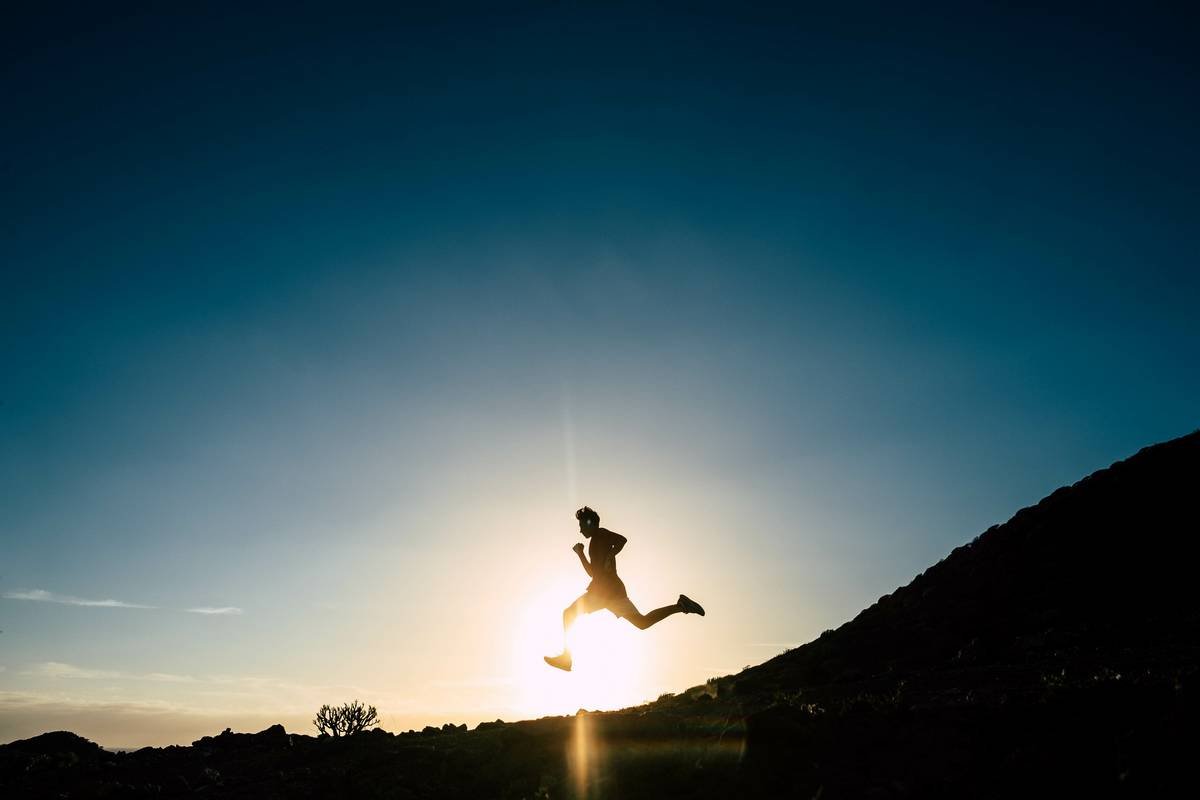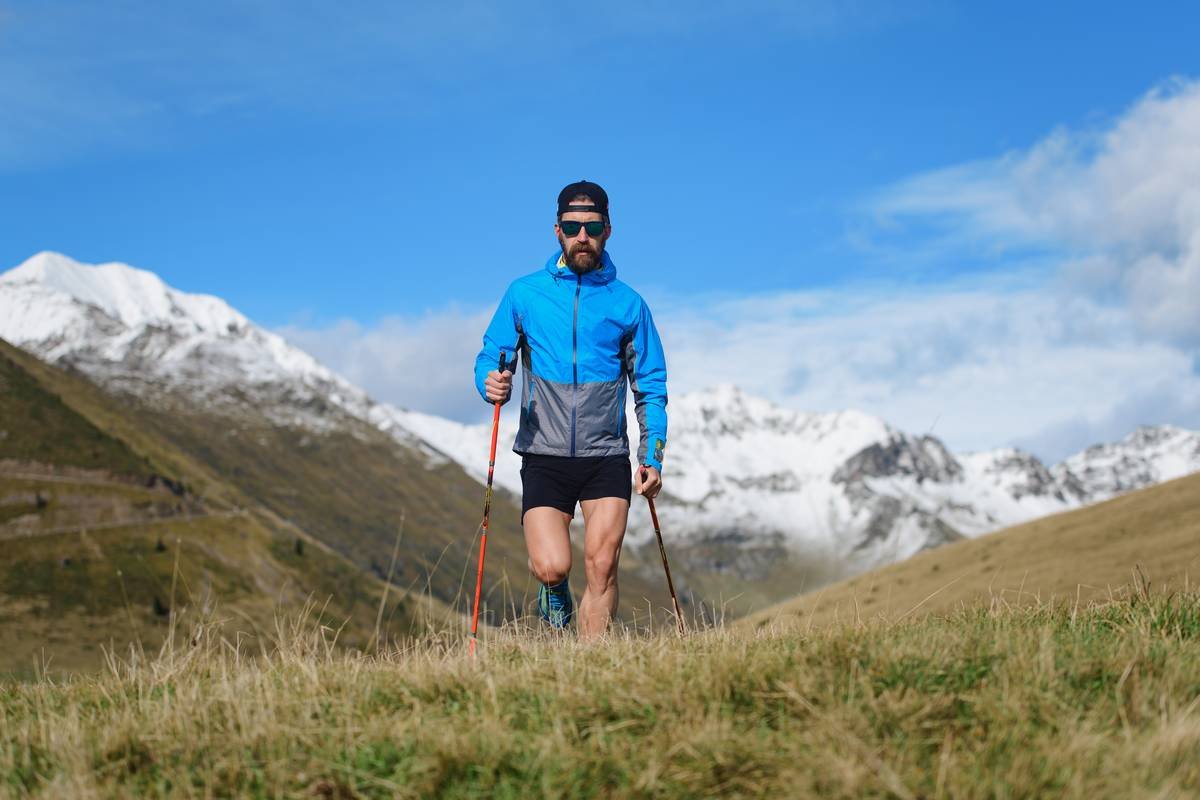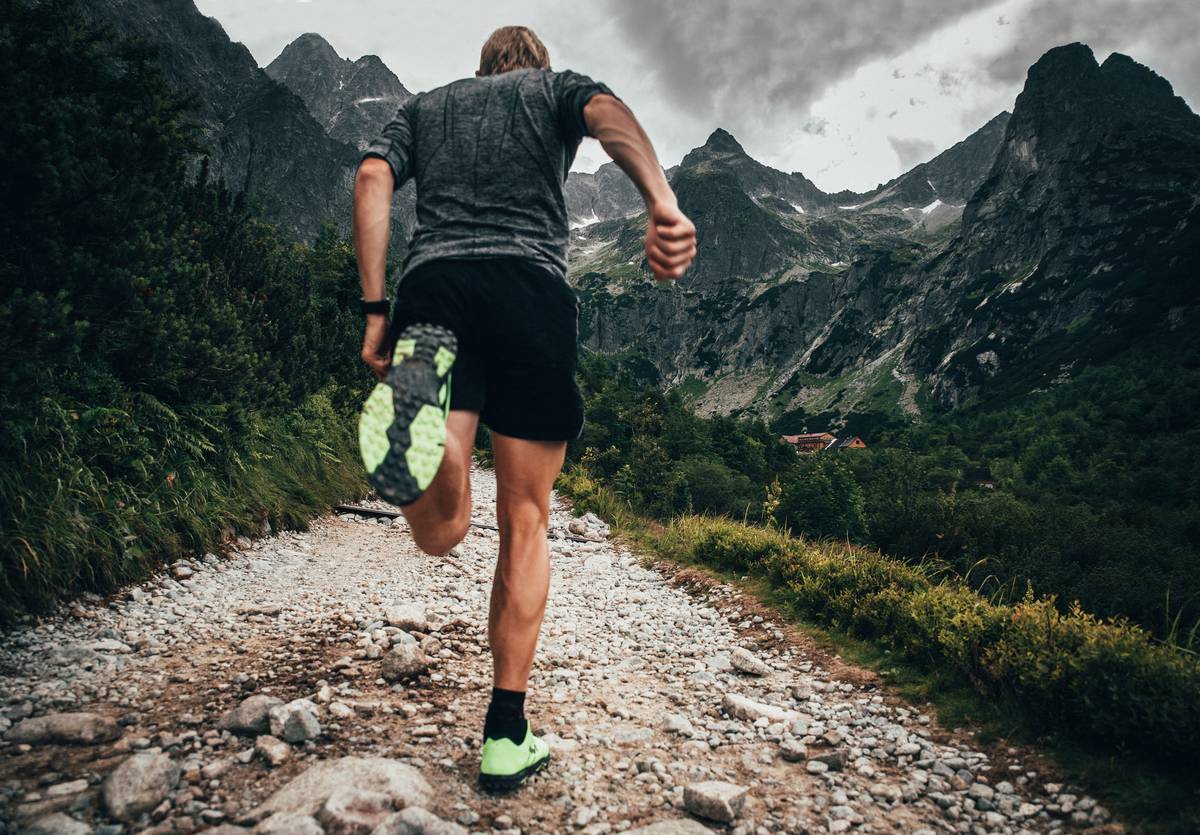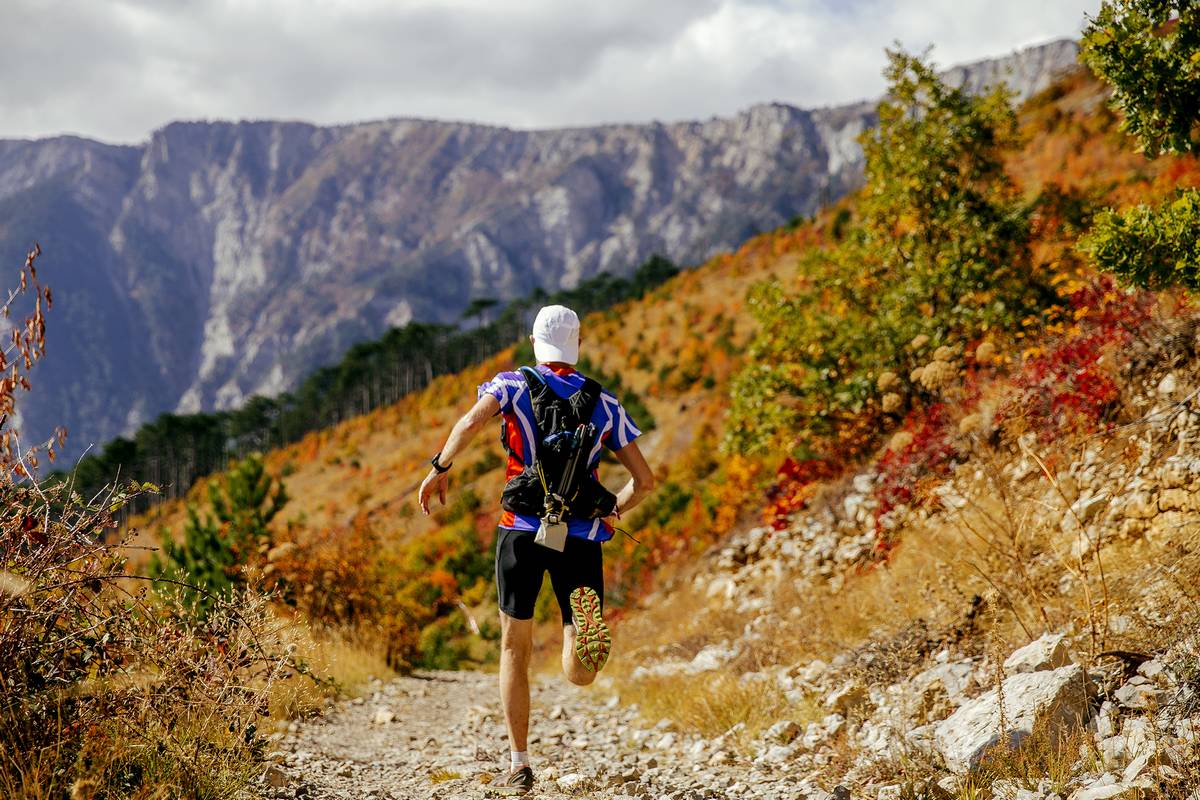As spring then summer set in, snow is progressively melting on the summits. It is the perfect occasion to put your running shoes on and discover the beautiful mountains in a brand new light. For you, the mountains are first and foremost for skiing, but are you dreaming of venturing in them as the greatest trail runners do? Fair enough! However, keep in mind that trail running is a sport you should start progressively. This is why, Glisshop explains in this article how to prepare for your first mountain trail run. From defining your goals, to the various types of training sessions to complete, and the nutrition, you will have all the basics to keep learning and build your way to success!

Defining your goal
Before throwing yourself on mountain trails without preparation, the first thing to do is to set yourself a goal. Find out about the various trail running races taking place across the UK. Of course, do not pick a trail running race taking place in 2 weeks. Give yourself at least 6 weeks to be able to train properly, without stress! So, for your first trail running event, you should set a goal:
- Of distance and elevation gain
It is the first step. Needless to say that embarking on the 170 km and 10K metres of elevation gain of the UTMB (Ultra-trail du Mont Blanc) as your first mountain trail running race is a bit premature. On the other hand, when summer is approaching, numerous trail running events are organised everywhere in various mountain ranges and hills. 5, 10 or 15 kilometres, you are sure to find a distance that suits you, with reasonable elevation gain!
- Of time
“The important thing is to participate”! However, competitors at heart can set themselves a time to accomplish. You will quickly be able to evaluate your level according to your first training sessions, and establish a time bracket for your first mountain trail running event. Once again, be realistic, do not set an unreachable goal or you might be disappointed on D-day.

Get geared up
Trail running requires a dedicated equipment, primarily when it comes to shoes. Indeed, contrary to running in a flat environment covered by asphalt, on mountain trails, trail running shoes feature lugs, are more robust and sometimes have a waterproof membrane. But a good pair of trainers is not enough, you also need the right clothes! Lightweight, breathable and not cumbersome, trail running clothing is essential to run efficiently without risking overheating. Must-have for any runner, the trail running jacket is breathable and compact to be taken out of your backpack when the weather turns bad. Discover all our apparel and our trail running shoes in our online store. For guidance in your choice of trail running equipment suited to your level and the different types of terrains, you can contact the Glisshop experts via phone or the online chat. Or, come visit us in the shop!

Training
As your goals have been set, you will now embark on a more or less long training period. Multiple aspects have to be considered to mix pleasure and performance, and ensure that your first trail running event is a success.
Defining your training plan
- Number of weekly sessions:
You should define the number of weekly sessions according to your schedule and level. You can plan 2 to 3 sessions the first weeks, then 4 to 5 sessions in the middle of the program, before decreasing the intensity again the weeks before the race, in order to be fresh for D-day.
- The various types of sessions to incorporate:
For trail running, various types of trainings should be integrated to your program to combine power, endurance and speed the day of your first mountain trail running event. Here are a few:
✓ Split or intense sessions
These sessions will allow you to increase your lung capacity (Vo2 Max) and, on the long run, to run faster.
✓ Slower pace runs
They should generally be done the day after your split training sessions. To be done on flat terrain, the goal is to be able to talk throughout the run, without running out of breath. They will enable to assimilate the improvements gained during an intense training.
✓ Long hilly runs
These “fun” runs of over 2 hours on hilly terrain will be beneficial to your endurance. This type of training is the closest to the actual race you are preparing for. You learn to run in descents and save your energy in climbs. The goal of these runs is to get your body used to running for a long time.
✓ Mountain hikes
Here the goal is to assimilate elevation gains, specific to mountain trail runs, without traumatising your muscles and joints. Mountain hikes increase your endurance as they often take place over an entire day.
Do various activities
To maintain a training rhythm without putting too much stress on your joints, it can be interesting to do various activities. Among the best complementary sports to trail running is cycling. Indeed, you can work on your endurance and recruit your muscles in a different way, without trauma. Swimming is also a great sport to incorporate in the preparation for your first trail running event.
Strength training
Widely disliked, yet it is your true anti-injury weapon. Powerful muscles and a strong core are essential to trail running. Regarding the legs, the work will focus on the quads (squats, lunges or wall sits), of prime importance to limit the amount of stress endured by the knees. Then, your abdominal muscles should also be trained, for a strong core, enabling to better absorb the impact of foot strikes, particularly important during a mountain trail run.
Stretches through Yoga
Doing stretches, yes, but doing them properly. Sometimes stretching can be counter-productive after a training session. Indeed, done wrong, it can tear the muscles already damaged while training. Yoga, on a rest day is an interesting option to stretch your muscles in a less monotonous, more playful way. So YES, Yoga and running are compatible and they make a rather great combination. You will avoid injuries and feel better in your body, simple as that.
Nutrition and hydration
Another important element in the preparation of your first trail running event is nutrition. A healthy eating routine, varied and balanced will allow your body to store all the nutrients it will need for the race. In addition, our tendons, intensely recruited in trail running are 80 % water. As a consequence, regular hydration throughout the day and over the entire training period is critical.

Resting to stay motivated
Thirdly, the various elements presented here have to be done the right amount, to avoid overtraining, which can sometimes be damaging. Rest plays a huge role in the success of your first trail running race. Keep in mind that it is best to train less but efficiently! Your body and your muscles in particular, which are put under a lot of stress in trail running, will need these frequent resting periods. Giving them the time to store the energy provided by your training sessions.
- Listening to your body
Listening to your body and respecting it will be of great help in the preparation of a mountain trail running race. If you experience pain during or even after a session, change the activity and do not be afraid to go easy!
- The days before the race
The week before the race will be dedicated to intense rest. If you have followed your training program, intense sessions a few days before the event will be useless. Even worse, they may cause muscle fatigue detrimental to your performance. After all this training, it would be a shame to spoil everything with one session too many!
On the other hand, this imposed rest will create a lack of running and you will have a brand new body, a thirst for running and the drive to win at the start of your first trail running race! Use this free time to boost your motivation by studying the course and setting pace goals for example.
Finally, if there is one thing to remember from this article, it is that running your first mountain trail running race, and doing it well, will be the result of a combination of inseparable factors. Defining a homogenous, harmonious program that is suited to your level, will be not only the path to success, but will make you want to come back to it and progress in this sport which is a symbol of freedom!

